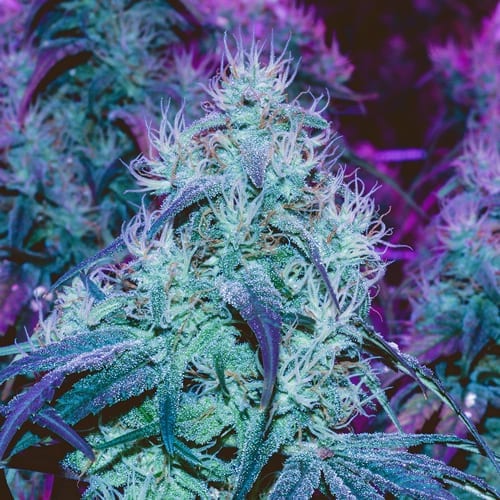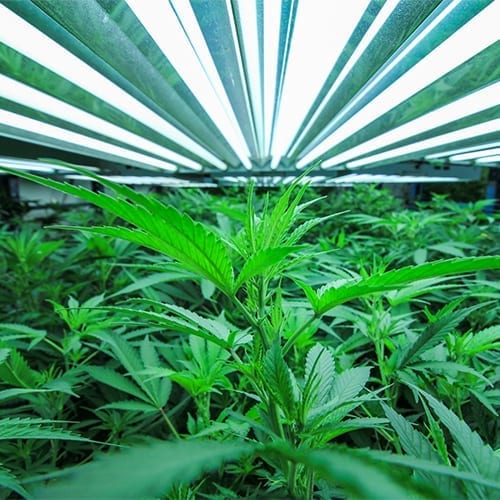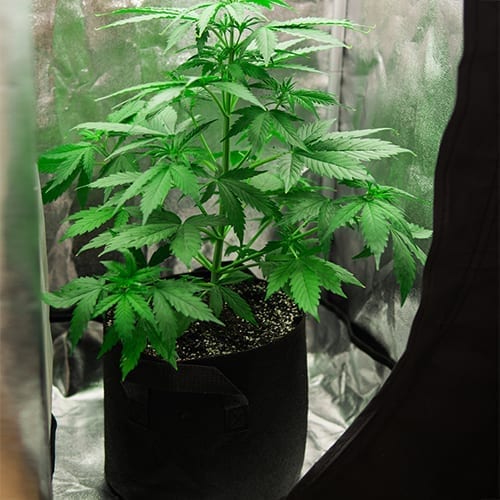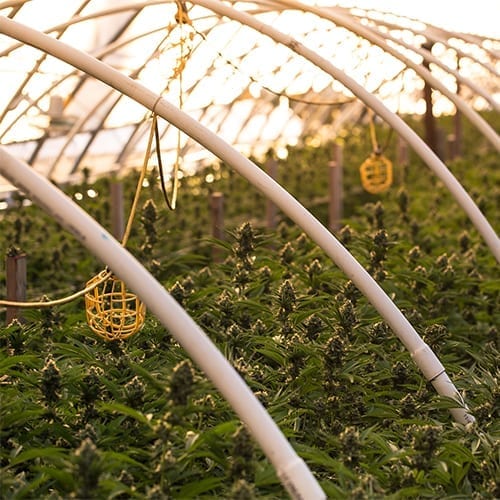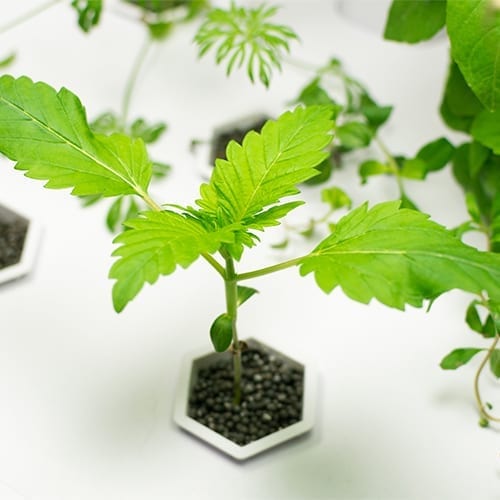
Defined:
SOIL SYSTEM
(or geoponics – derived from the Greek word geo, meaning “earth” and ponics, meaning “labour”).
HYDROPONICS SYSTEM
(derived from the Greek word hydro, meaning “water”; and ponics, meaning “labour”).
AEROPONICS SYSTEM
(derived from the Greek word aero, meaning – have a flying guess – “air”; and ponics, meaning … well, you get the picture).
Soil
Comprised of four pots, a collection tray and bucket for watering. Nutrients would be drawn from the soil itself and just required watering every few days as and when necessary (usually determined by the tried and tested method of lifting the pots and checking for weight). An extremely simple setup.
Hydroponics
This involved a drip feed watering system, complete with pump, reservoir and drip lines, with the inert growth medium of coco coir holding the plant roots in place. With no soil all the plants’ nutrients are derived from the solution that one must mix in the reservoir. Most solutions come with instructions on doses so shouldn’t be too taxing, even for the novice. The setup involved connecting the reservoir’s pump to a delivery pipe, which in turn required the attachment of drip lines into each pot. The pump is activated by a timer, with irrigation times set as required (in this case every three to four days). Nutrient levels would need regular checks. The hydroponics system is slightly more complex to install but not beyond the wit of the average Joe.
Aeroponics
The setup is similar to the hydroponics system; with a reservoir, complete with nutrient solution, connected to a delivery pipe and lines into each pot. The fundamental difference being that the lines connect to a spray within the roof of each of the four closed pots. At the top of each pot is a small opening into which the plants are dropped. There they are suspended in nets, with their roots dangling in the closed environment beneath. The sprinkler heads are timed to release solution 24 hours a day, the roots drawing nutrients from the resultant fine mist. The installation was no more complicated than the hydroponics version and had the time saving benefit of not utilising a growth medium. However, as the root system was fairly young and undeveloped, Nico had to restrict the timer to irrigate just 15 minutes a day until he felt the plants were ready – requiring more monitoring in the early days of the test.
Proponents of soil-based plant cultivation would argue that their system is the cheapest and easiest of the three to set up. And they’d be right on that count. Some argue, notably Jeanette Longfield of food campaign group Sustain, that soil-grown produce contains superior flavour, citing the concept of terroir (a subject more commonly discussed regarding the production of wine). However, this argument has never fully gained traction, as attested by a 2010 study for the University of Nevada which found no discernible difference in the flavour of hydroponically-grown and soil-grown lettuce. But whatever the vagaries of this debate, the terroir argument goes out of the window somewhat when discussing soil-grown peppers in a greenhouse. In our test environment, whatever “terroir” flavours one might derive from the potted soil will likely be shared by its hydroponic and aeroponic cousins sitting right next to it, given they’ve shared the same atmospheric conditions.
In the hydroponics corner the arguments for its use are well known to regular readers – more efficient use of water, no run off, more nutritional control, less disease, fewer pests, less back-breaking work and no weeds amongst other positives. On the flip side the grower needs to develop a new skill set and expand his horticultural knowledge (although furthering one’s education in life can never be a bad thing). The equipment required to get started is clearly more expensive than the rudimentary tools used for soil cultivation and the grower generally will have to tend to his plants more regularly (unless he invests in an “automated grow room”. Finally, waterborne diseases can quickly spread through plants sharing the same reservoir and solution; so a degree of vigilance is a necessity.
With an aeroponics system, you get most of the benefits of hydroponics but with a couple of added perks. But first the downside: aeroponics systems are not the cheapest and they’re totally reliant on a steady supply of electricity – an outage while you’re on holiday can have disastrous results. Soil and substrates such as coir or rockwool maintain water and nutrients next to your plants’ roots long after a soaking – with exposed roots this is self-evidently not the case. And with no medium to hold the plant in place the grower must ensure his taller plants are well secured. But the positives are many: There’s no risk of transplant shock if plants need to be moved (there’s no growth media for them to move to and from, so as far as they’re concerned, they haven’t moved at all); there’s less risk of root zone disease due to the lack of material in which pathogens can reside; and the freedom which the plants’ roots enjoy allow a superior intake of oxygen. This last benefit in theory should result in superior yields.
The soil and hydroponics systems were the proverbial “hares” to the aeroponic “tortoise”, racing into the lead in the early weeks. But once the plants’ roots in the aeroponic system were established, the greater volume of oxygen in its pots allowed for a superior uptake of nutrients, and before long it was battering its rivals. After eight weeks the soil-grown plants had grown 28 centimetres, the hydroponically-grown plants 30 centimetres, and the aeroponically-grown ones a massive 40 centimetres – a 33% per cent increase on its nearest competitor.
For the losers there wasn’t a great difference in growth rates, but the hydroponically-grown plants showed greater uniformity in their growth than those in the soil – all four looking virtually identical. This was down to the fact they had shared identical nutrients, whereas the more unquantifiable nature of the soil system had led to uneven nutritional values within each of its pots. The aeroponic system produced faster growth for two reasons; firstly because any kind of growth media, inert or not, limits the potential for root growth – the more root, the more opportunity for nutrient uptake. Secondly, roots need oxygen, and with nothing getting in the way, the entire surface area of each root is unimpeded in its ability to draw in oxygen within the pots; the net result – much faster growth. As Nico pointed out in our test, you could save a couple of weeks over each crop. And if the intention is to grow three or four crop cycles a year, you could actually fit in a whole extra cycle. In addition, an aeroponic system can be of great use to the outdoor gardener who wants to get a head start by growing crops through the winter rather than wait for spring. Again, with no growth medium, aeroponically-grown plants can be easily moved to outdoor soil and with a reduced risk of transplant shock
So there we have it, the heavyweight belt for greatest crop yield goes to Aeolus, the Greek god of wind. Some of us might have expected a tight points victory over Apam Napat, the Vedic god of water, but ultimately it was a brutal knockout. The Egyptian soil goddess Sopdet was also dispatched with consummate ease. While each system has its merits depending on your budget, time and space – for rapid vegetative growth aeroponics wins hands down.


